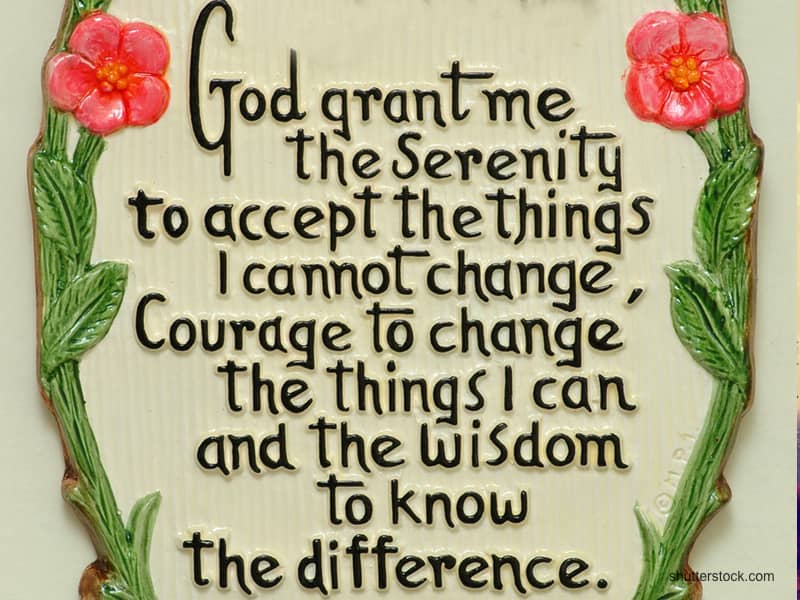Scooby-Dooby-Doo, where are you going with the Wiccans?
The venerable cartoon character and his friends put in a good word for modern neo-pagans in the latest Scooby movie, "Scooby-Doo and the Witch's Ghost."
As Scooby's longtime pal Shaggy might say: "Zoinks!"
The cartoon movie departs from 30 years of Scooby-dom to deliver a nugget of education about Wiccans--a modern resurrection of pagan traditions and beliefs.
The video has been on sale since October, and it was shown on Cartoon Network for the first time last month.
Anyone who turns to Scooby-Doo for religious education probably uses Star Wars as a science reference. Even so, the new Scooby movie has raised some reaction among Wiccans and at least one conservative foundation that evaluates television shows and movies.
"It was totally out of context, there was not any other side presented, and it was basically presented as instructional fact," said Dick Rolfe, president of the Dove Foundation. "You don't expect to get theological explanations in Scooby-Doo."
Brian Lankford, on the other hand, was a more appreciative viewer. Mr. Lankford is an Elder Clergy of the Covenant of the Goddess, an international Wiccan education organization, and is on the board of directors of Betwixt and Between, a neo-pagan community center in Dallas.
"It was a really good effort," he said of the portrayal of Wiccans in the new Scooby cartoon. "It could have been a lot worse. It typically is a lot worse."
Scooby is one of America's most successful cartoon characters. Since 1969, he's been a lead character in 19 television series, one television special and a handful of films. The classic Scooby plotline was as unchanging as the pyramids:
Scooby and his four human friends--Shaggy, Velma, Daphne and Freddy--arrive at a town where a monster is terrorizing the populace. They get chased by the monster (who says "ARRGGH!"), collect clues, catch the monster and discover he's really a guy in a costume.
The only "real" supernatural element in the show is Scooby himself--a Great Dane who inexplicably has learned to talk. (His name was snagged from Frank Sinatra's warbling in the song "Strangers in the Night": "Scooby-dooby-dooo")
The original Scoobys were hardly high art, even for the cartoon shows of the era. The theme song was a bit of, um, doggerel that rhymes the words "willing" and "villain." And the stories had no particular connection to social or cultural issues of the day. During the tumultuous early late 1960s and beyond, Scooby's pals never worried about racism, youth protests, civil rights, teen sex, or drugs.
Scooby's continuing popularity is why the most recent movie was so confusing, Mr. Rolfe said. Parents probably aren't aware that the formula has changed and might be caught by surprise if they don't watch the video first.
"This is almost as noteworthy as Disney's 'The Great Mouse Detective,'" which includes a song by a stripper, Mr. Rolfe said. "We had to put a 12+ [age] warning on that movie."
"Witch's Ghost" starts like an old Scooby cartoon, with the capture of two guys in monster suits. The gang meets Ben Ravencroft, a famous mystery writer, who invites them to his hometown in New England. They arrive to discover it's supposedly being terrorized by the ghost of the writer's ancestor, a witch who lived three centuries ago.
Ben says that his ancestor was a Wiccan, not a witch--drawing a distinction between the stereotyped evil spell-caster and Wiccans. Velma (you can tell she's smart because she wears glasses) helpfully explains the difference:
Wiccans were people in tune with the forces of nature who used those forces for healing purposes, she says: "Wiccans have been misunderstood."
Not to spoil the plot, but it turns out there really is a nasty mean old witch who shows up, flying and hurling hexes and fireballs, to menace Scooby and the gang. She's defeated by a character who is described as part "real" Wiccan and whose heart is pure enough to cast the requisite spell.
A few quibbles: Nobody in America described himself or herself as Wiccan in the 1700s; neo-pagans started using the word in the 1950s. And nobody can be part-Wiccan any more than they can be part-Christian. It's a belief system, not a tribal membership.
So what possessed Warner Home Video to create a Wiccan plotline? Did someone on Scooby's creative team know a Wiccan?
"You have to remember, we live in Los Angeles," said Don Capone, vice president for marketing and development for Warner Home Video.
Someone involved in development, Mr. Capone mysteriously declined to say who, did know someone who claims to be Wiccan, he said. And they decided the same kids who watch "Charmed," "Sabrina the Teenaged Witch," the movie "Hocus Pocus" and myriad other popular current tales of the supernatural would like a tale about Wiccans and witches.
What elements of Wiccan thought did they include in the movie?
"The ones that we knew," Mr. Capone said. "We didn't do extensive research. This wasn't a PBS documentary."
"Witch's Ghost" hasn't drawn extensive fire from either pro- or anti-Wiccans. That's probably because the vast majority of viewers have been kids, Mr. Rolfe said.
"Frankly, if a parent buys a Scooby-Doo cartoon, they probably don't watch it," he said.

